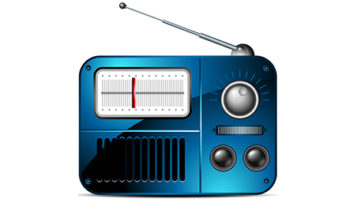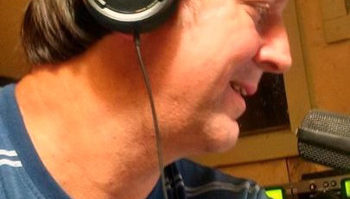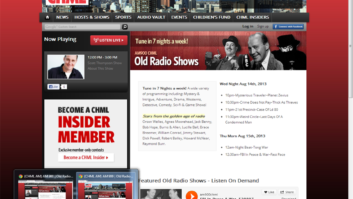(click thumbnail)
I read with great interest the recent article by Curt Yengst about the engineers at FM station WAWZ restoring their Gates transmitter as a backup unit (“Gates FM-10H3 Returns to Action”).
Here at WRST at the University of Wisconsin Oshkosh, we have a model FM-1H3. The difference is that in our case, it is our only transmitter and is in use 24/7.
Our transmitter (serial number 85929) was put into service in September 1973, replacing our original 10-watt Gates BFE-10B, which had been in use since the station went on the air in April 1966.
Some of the WAWZ experience mirrors our own, such as resorting to using a length of rubber hose and hose clamps to fix the shaft on the output loading control (great minds think alike!) and installing a Burk remote control unit (we have the VRC 2500).
About six years ago, a new BE FX-50 exciter was installed. When it failed this past summer and was sent off for repair, we reconnected the original TE-3 Statesman exciter and were pleased to see that it worked fine in the interim. To add to the vintage fun, we also have an Optimod 8000 stereo generator, which we had rebuilt a few years back. In 2009, new Belar monitors replaced the original 1973 Belar units.


Our university is fortunate in that we have on staff two skilled broadcast engineers who do the weekly and monthly transmitter checks as well as routine maintenance (they perform the maintenance on all equipment in our radio-TV-film department). On occasion, we have also employed the services of a transmitter engineer with the Wisconsin Educational Communications Board.
We have found that the tetrode lasts about four years and then needs replacement. We also had an R15 resistor fail this year. Otherwise, the Gates hums along and provides reliable service. That’s important in a curriculum-based and industry-oriented college radio setting like ours, where the goal is to have students focused on learning the fine points of radio broadcasting rather than having to deal with transmitter outages. The unit’s reliability is also appreciated by Wisconsin Public Radio, since WRST carries their programming half-time.
When I accepted this position in 2008, an engineer acquaintance asked me what type of transmitter was in use here. Upon hearing my answer, he smiled and said, “It will still be working when you retire.” Although it may be “practically an antique” to some, we are pleased with our Gates FM-1H3.
Attached is a photo of the transmitter in Oshkosh. Because of close quarters, we have removed the front door of the unit.
Randall Davidson
Director of Radio Services/WRST(FM)
University of Wisconsin Oshkosh
Oshkosh, Wis.









